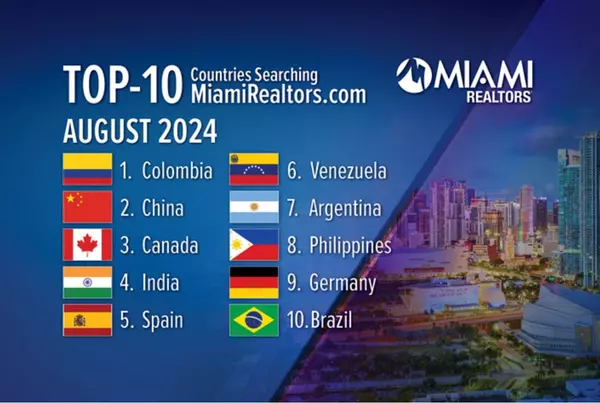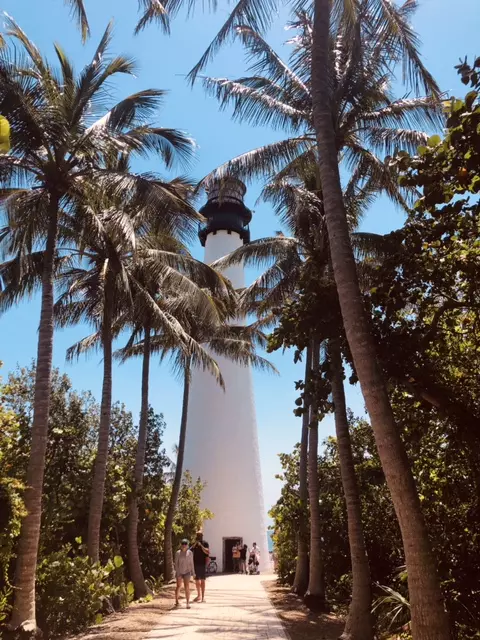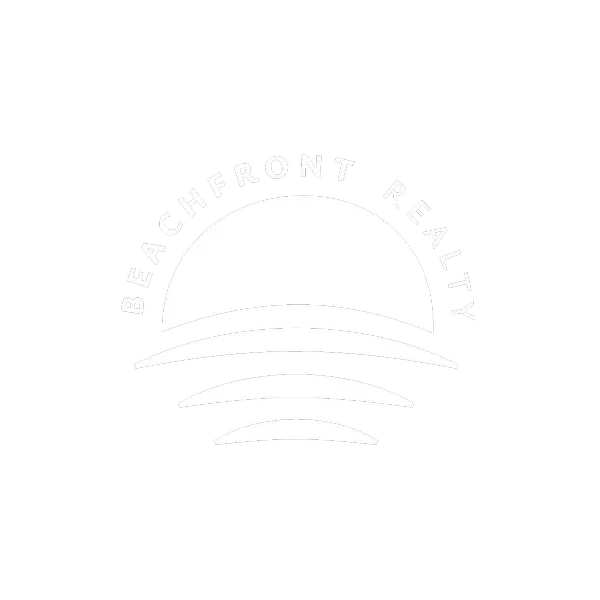Welcome to Coconut Grove: Where Bohemian Bliss Meets Hidden Hammocks
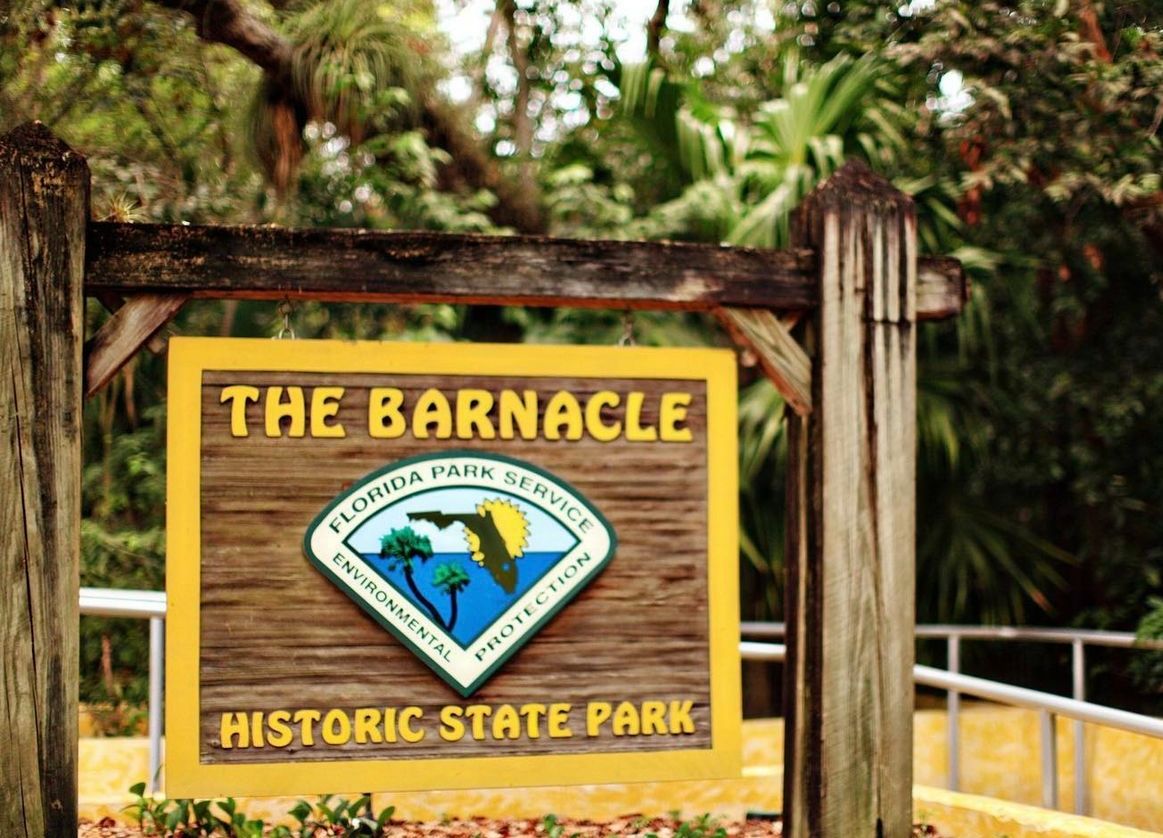
- 1. The Roots and Rhythms of Bahamian Influence
During the latter part of the nineteenth century, Coconut Grove emerged like a stalwart palm tree. The first people to settle there were immigrants from the Bahamas, who brought with them calypso beats and stories of the sea when they were there. Consider the sound of laughter reverberating through the woods, as well as wooden cottages and conch fritters.
- 2. The tycoons' playground: from Commodore to Crosby
The Commodore Ralph Munroe, His marine playground was Coconut Grove, which he created with his nautical brilliance. His residence, the Barnacle, is still there today; it is a time capsule that contains tales of rum-running, pirates, and hidden tunnels. What would it be like to have a glass of rum punch on the balcony while watching manatees swim by?
- The Barnacle:
A Slice of Florida Through the Ages Constructed in 1891, the Barnacle now acts as a time capsule, offering a glimpse into Miami's history during the Era of the Bay. Take a moment to picture yourself entering through its wooden doors, surrounded by hammocks made of tropical hardwood, and experiencing the reverberations of the past. In addition to being a pioneer and a dreamer, Ralph Middleton Munroe considered The Barnacle his home. He was one of the most remarkable pioneers in Coconut Grove's history. His story weaves itself into the fabric of Miami's early history. The first time Munroe traveled to South Florida was in 1877, while he was on vacation from New York University. The breathtaking scenery of Biscayne Bay left an unforgettable impression on him. The diagnosis of tuberculosis in his wife, Eva, was a devastating turn of events. Munroe led her to the shores of Biscayne Bay because the doctors had informed her that a significant climate shift was necessary. At their tent on the Miami River, Eva did not survive, despite his best efforts to save her life. During his trip back to South Florida in 1882, Munroe paid a visit to the grave of his wife. He urged Charles and Isabella Peacock, two of the first people to live in Coconut Grove, to create a small hotel that would later be known as the Peacock Inn. Initially, they called the hotel the Bay View Villa. In 1886, Munroe purchased forty acres of bayfront land for a low price of four hundred dollars. This was the beginning of The Barnacle, a home that was known for its eccentricity. In addition to purchasing the land, he also paid an additional $400 for his sailboat, Kingfish. Built in 1887, the two-story boathouse served as both a workshop downstairs and a living space upstairs. However, because of the high number of guests, it was not feasible to use it as a residence. Munroe, therefore, conceived of a bungalow for himself and built it on the ridge above. In 1891, he moved into this one-story building, elevated on wood pilings. His endearing nickname was "The Barnacle," possibly due to the fact that it resembled a barnacle.
Do the secret tunnels exist in reality or in myth?
So, let's talk about those hidden passageways! Legend has it that a network of secret passageways lies at the base of The Barnacle. Others claim that these tunnels served as escape routes during storms or even passageways for smuggling during Prohibition. Some people believe that these tunnels connected Munroe's home to the nearby Peacock Inn, which allowed him to move between the two establishments in a private manner. The fascination with hidden tunnels lends an air of mystery to The Barnacle, despite the fact that evidence continues to be difficult to come by. When you are next in the vicinity of Coconut Grove, make sure to take the twisting trails that lead to The Barnacle. If you will hear the echoes of Ralph Munroe's daring spirit and the secrets that lay beneath the oak flooring if you listen carefully and pay close attention.
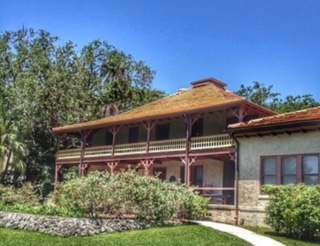
Visiting the Barnacle Today
The Barnacle Historic State Park, located in Coconut Grove at 3485 Main Highway, preserves this piece of history. Upon entering, take a stroll through the various chambers and picture Ralph Munroe tinkering with boat designs or writing letters by candlelight. The beautiful grounds, vistas of Biscayne Bay, and echoes of the past make it an absolute necessity for everyone who is interested in history or has a desire to go back in time.
3. David Crosby, a great musician
He found peace and quiet in this location, where he played his guitar while the moonlight illuminated the coconut trees. The sound of his harmonies, along with the sound of the leaves rustling, served as the music for the grove.
4. The Tropical Retreat, Hosted by Tennessee Williams
Tennessee Williams, a dramatist who won the Pulitzer Prize, sought refuge in Coconut Grove. In his writing sanctuary, which overlooked the bay, he produced phrases that would reverberate throughout the entire course of history. Try to picture him typing with rum in his hand while the palms of his hands whisper inspiration.
5. The Bell Tower, located at Alexander Graham Bell
Alexander Graham Bell, the man who invented the telephone, is the person in question. The Grove was the location where he constructed a bell tower and experimented with ideas that went beyond wires and circuits. It's possible that he fantasized about a phone that could send laughter and sea breezes to the recipient.
6. Madonna's Walks in the Midnight Hour
The Material Girl, commonly known as Madonna, used to go around these streets in secret. Imagine her wearing large sunglasses and drinking coconut water as she blends in perfectly with the rest of the bohemian crowd. While she was wandering, did she hum the song "La Isla Bonita"?
Fun with anecdotes:
This is the place where artists flourish and peacocks strut. Real peacocks are free to roam around and display their brilliant plumage in the Peacock Park. To put it another way, they are like Miami's feathery influencers, showing off their skills.
• Since 1963, the Coconut Grove Arts Festival has brought artists from all over the world together, transforming the Grove into a canvas for their work. Just for a moment, picture yourself meandering past booths while sipping wine and talking about abstract paintings. It's the place where the bay wind and creative energy come together.
• King Mango Strut Parade: Established in 1982, this irreverent parade mocks everything from politics to other aspects of popular culture. In addition to a gigantic mango float, you may anticipate Elvis impersonators and dancing pineapples. So, why wouldn't you?
FOR FURTHER READING
David A. Rieff in his book "Miami: The Magic City"
Article "The Birth of Bohemia" by John Dorschner in Miami Herald
Book "Coconut Grove" by Thelma Peters
Article "The Legacy of Ralph Munroe" by Elizabeth Sheldon in Biscayne Times
Book "Ralph M. Munroe: Pioneer and Gentleman" by Arva Moore Parks
Article "Uncovering the Mysteries of the Barnacle" by Jason Garcia in Miami New Times
Book "Florida's Historic Places" by E. Lynne Wright Article "Famous Figures of Coconut Grove" by Susan Windley-Daoust in Coconut Grove Gazette
Article "Exploring Coconut Grove" by Jane Dornbusch in Miami Living Magazine
Book "Miami Memories" by Seth Bramson

Categories
Recent Posts


